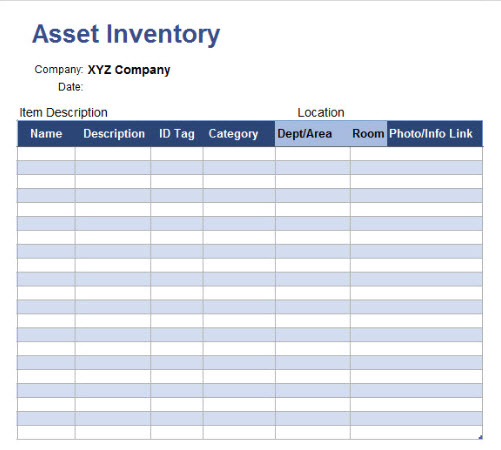
| Vision A complete Asset Inventory provides the foundation for owners to track cost and performance of assets over time to make the right decision regarding the life-cycle of the asset. The Asset Inventory provides the central repository of all assets, identified in Assets Managed (3.3.1), from which all other data points and information connect [Global Location Hierarchy (3.3.3), Asset Classification (3.3.4), Asset Costing (3.3.5), Asset Inspection (3.3.6), and Asset Performance (3.3.7)], and from which decisions and strategies are derived (Asset Decision (3.3.8), Asset Annual Funding (3.3.9), Asset Comprehensive Plan (3.3.10), Asset Reporting (3.3.12). Mission The foundation established in the Asset Inventory allows for the joining of all other data and/or for the development of strategies. Each organization’s mission will vary. The Asset Inventory supports a strategic plan aligned with that mission. Assets shall be housed in a comprehensive database or central repository so that all other principles build onto the asset to make data driven decisions from a financial, risk, and ROI perspective. Purpose The purpose of this principle is to identify every asset that will become the basis for all other principles and house them within a central repository. The Asset Inventory is the foundation to support all other TCO principles. The assets identified in this principle become the source from which all other information, data, and strategies are bound. A comprehensive Asset Inventory is required to determine staffing requirements as well as other O&M needs, renewal or replacement costs, end-of-life costs, and expectancy or other timeline projections from a life-cycle perspective. When Required A comprehensive Asset Inventory is the basis for TCO and is a requisite to implement and execute all other TCO Principles. The Asset Inventory should include every asset managed. |
 Create an Account
Create an Account
 Login/myAPPA
Login/myAPPA
 Bookstore
Bookstore
 Search
Search  Translate
Translate